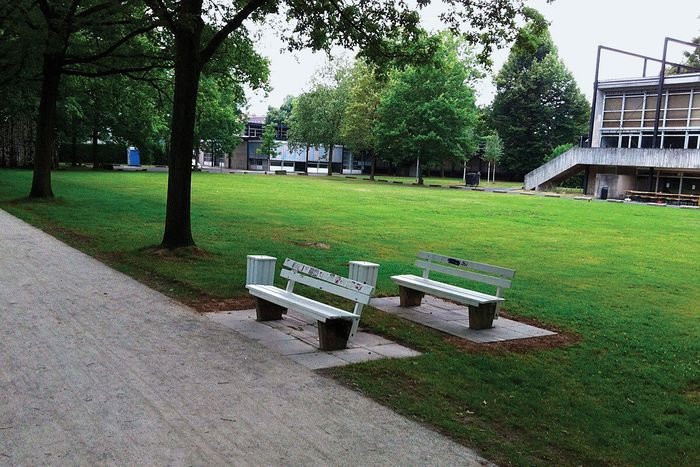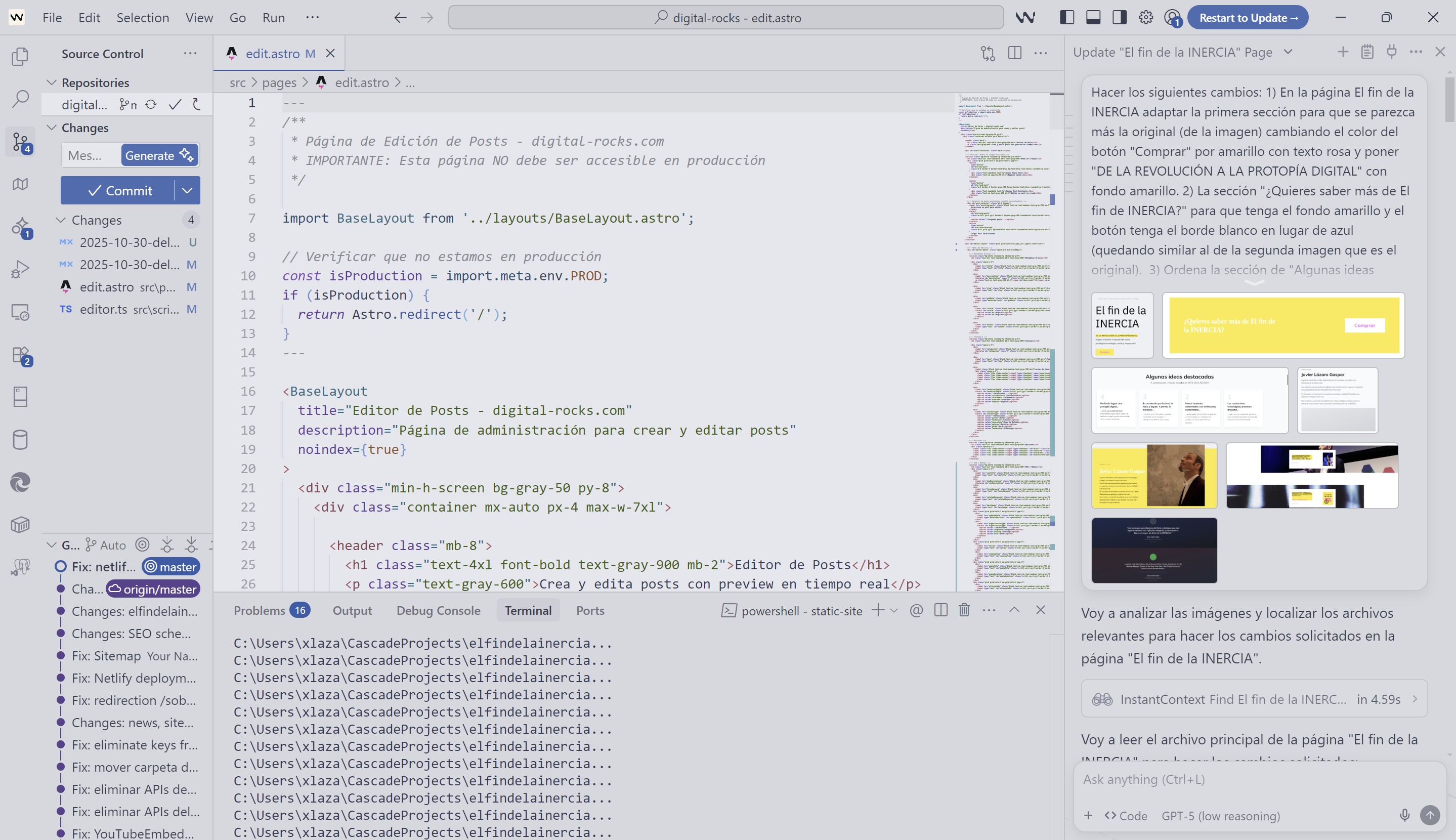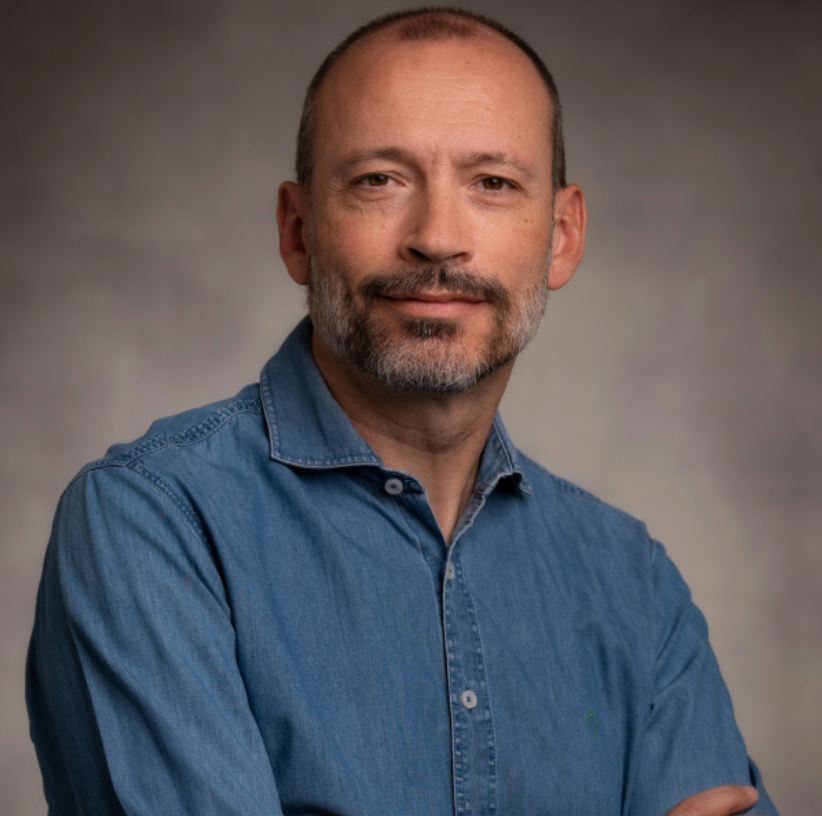The Simulation Theory: Have We Levelled Up?

2020 has been the year of the pandemic and 2021 has started with force: to the nth wave (I’m starting to lose count) with lockdowns, alarms, and crises; has been added the assault on the US Capitol, the snowstorm of the century (so far) in half of Spain, and a tremor near home (2.4 on the Richter scale). All this, in 15 days.
If I were in a video game, it would mean I have leveled up, but that’s nonsense. Right?
Some of you might think I’ve lost my mind, but the truth is that the idea is not mine but from people much sharper than I am: professors from Oxford (creators of the Simulation Theory), from the Massachusetts Institute of Technology (MIT), successful entrepreneurs, and even a Nobel Prize winner are seriously discussing it.

Assault on the Capitol: could it be real or is it a simulation? (Source: ABC)
THE ORIGIN OF THE IDEA: FROM MATRIX TO PLATO
More than 20 years ago, Matrix was released, a stunning movie in which Neo and his companions awoke after years connected to a virtual world where human minds coexisted with characters created by a super artificial intelligence.
At the same time, in the real world, the same super artificial intelligence raises humans in modern farms with the goal of using them to generate the energy it needs. We are the pigs of the future and the virtual world is the entertainment that allows AI to keep us under control. In that virtual world, humans feel free and make their decisions without being aware of the virtuality of the world and their real existence outside that world.
But the idea of Matrix is not original. There are various references much earlier, among which I will highlight Plato’s “Allegory of the Cave,” just 2,400 years before. In this allegory, Plato describes how men imprisoned since birth live chained at the bottom of a cave looking at a wall. These men believe that their world is limited to the wall and that the characters in that world are the shadows of other men moving behind them, but they never get to see. If one of these men were to free himself from his chains, the outside world would surprise and scare him, and the sun, after so many years in the cave, would blind his eyes. If he tries to return to free his companions, they, accustomed to the world of their wall, would probably kill him.
SIMULATION THEORY
In 2003, Nick Bostrom, a Swedish philosopher and professor at the University of Oxford, elevated what was imagined in Matrix to science with his Simulation Theory. That year, he published “Are you living in a computer simulation?” and subsequently created the website “The simulation argument” where, in addition to gathering his ideas, he compiles a multitude of scientific documentation with arguments both for and against his theory.
In “Are we living in a computer simulation?”, Bostrom argues that at least one of the following propositions is true:
- The human species will go extinct before reaching a “posthuman” state in which it has the technological capacity to execute simulations.
- It is unlikely that any “posthuman” civilization will execute simulations.
- It is very likely that we are living in a simulation.
Nick Bostrom explaining his Simulation Theory
Regarding the first proposition: considering how technology has evolved, let’s think about the realism and speed of current video games compared to those from the 90s; does it make sense to think that they will not continue to improve? Moore’s Law has described an exponential growth in computing power (see The Origin of Digital Transformation: Moore, Metcalfe, and Gilder). If we keep improving technology, will we not eventually have enough technology to execute these simulations? It’s not important when, but whether we will achieve it someday.
As for the second proposition, knowing ourselves, do we really believe that we wouldn’t be interested in executing those simulations when we have sufficient technology? Even if the scope of the simulations is more basic, with what we have right now, we are already doing it. In fact, while I write this post, my children are playing on Roblox. If that’s the case, will we stop doing it in the future?
A parenthesis, for those who don’t know, Roblox is a game similar to Minecraft where player avatars move through virtual worlds. If we think our universe is too vast to be simulated, let’s remember that Kurt J. Mac has been “walking” through the universe of Minecraft since 2011 trying to find its limit. At that limit, known as the “Far Land,” the environment generation algorithms begin to fail. Despite having been “walking” for 10 years and publishing it on YouTube, he has not been able to reach the limit, although he has achieved the Guinness World Record for the longest journey in Minecraft.
Returning to Bostrom’s theory, against the first proposition, it seems possible that a “posthuman” civilization, regardless of how long it has been around, has the computational capacity and sufficient technology to perform simulations. Against the second, it also seems likely that this civilization would have an interest in conducting those simulations because, on another scale, we are already doing them now.
Starting from the existence of technology and interest, it is reasonable to think that the volume of “people” that make up those simulated universes will be much larger than the volume of “posthumans” defining the simulations. Therefore, it is very likely that our world is one of those simulations and we ourselves are part of it. This would make the third proposition true.
In this way, we would become the chained men in Plato’s cave and our world, supposedly real, the wall of the cave where we see the shadows move. But, perhaps, it is not so. Because, perhaps, we do not exist in any real world (as humans exist in the farms of Matrix) but we are 100% digital, products of the simulation itself and without life outside of it.
If you think all this is a joke, read carefully what a Nobel Prize winner in Physics thinks about the interest that, for “posthuman” civilizations, it would have to have billions of “people” forming part of simulations:
“If you are an anthropologist/historian and you want to understand the rise and fall of civilizations, then you have to run many simulations involving millions or billions of people.”
George Smoot, MIT professor and Nobel Prize in Physics in 2006
VOICES THAT SUPPORT WE LIVE IN A SIMULATION
Since Bostrom published his Simulation Theory in 2003, many philosophers, scientists, and technologists have expressed support for his theory. A prominent voice is that of Rizwan Virk, Director of PlayLabs at MIT, who claims that the universe as we know it is a huge role-playing game. We are not aware of it because, probably, we do not exist outside the game. Therefore, our goal should be to understand the objective of the game to… level up?
According to Virk, the odds that everything is a simulation are much higher than that we are not simulated.
Another prominent voice is that of Elon Musk, CEO of Tesla and SpaceX. Musk said at a conference in 2016:
“The probability that our world is real is one in billions.”
Elon Musk
David Kipping, a professor at Columbia University, disagrees with Musk’s estimates. According to Kipping, Musk makes the mistake of assuming that the first two options of Bostrom’s trilemma are false. That is assuming too much. Kipping reduces the three options to two (1.- simulations do not exist or 2.- we are part of a simulation) and, applying Bayesian inference, concludes that the probability of both options is almost identical (50%).
Nevertheless, Kipping warns: if in the future humans are able to create a simulation in which their characters feel “conscious” like us, the result of the new probability calculation would be totally different. In that case, the probability that we are part of a simulation would be almost 100%.
Many other scientists have tried to demonstrate whether we live or do not live in a simulation, but one of the most interesting and entertaining explanations I found is this “TEDx talk” by George Smoot. Smoot is a physicist and professor at MIT as well as Nobel Prize in Physics in 2006. In this talk, Smoot tries to convince the attendees that they are part of a simulation. I leave the video below (20 min, English).
Smoot explaining, with much humor, the Simulation Theory
Another interesting research is that of Houman Owhadi from the California Institute of Technology. Owhadi starts from the idea that with infinite computing power, given the level of realism that could be achieved, it would be impossible to identify from within the simulation whether it is a virtual world or not. But, if the computing capacity is limited, it must be possible to identify those limits of the simulation. In this scenario, Owhadi advocates the use of quantum physics to identify possible errors that demonstrate we live in a simulation. From there, he defined 5 experiments he intends to carry out to identify those limitations.
Other researchers, like Zohreh Davoudi from the University of Maryland, start from the same hypothesis of limited computing resources to assume that there must be errors in the Matrix and try to identify them.
VOICES AGAINST THE SIMULATION THEORY
I do not want the responsibility of convincing you that we are together in a simulation, so before continuing, it is important for you to know that there are also scientists who dismiss the Simulation Theory.
There are many, but allow me to echo just one, Harvard University physics professor Lisa Randall, who, in 2016, indicated that the probability that the simulation theory is correct is radically zero. In her opinion, there is no evidence to suggest that the simulation exists nor any reason to think that superior beings would bother to simulate us.
SIMULATION THEORY AND RELIGION
Religion has also been used as an argument to dismiss or demonstrate the Simulation Theory.
Silvester James Gates from the University of Maryland, or Rich Terrile from NASA, are some scientists who believe that the existence of religion indicates that we might live in a simulation. The Simulation Theory coincides with many religions in the existence of a superior being capable of creating the world, a supreme architect capable of defining, programming, launching, and controlling the simulation.
ENTHUSIASTS IN SEARCH OF EVIDENCE
Years ago, I was reading about this same topic and landed on the website of an organized group of people trying to find evidence that the real world was not real but a simulation.

Repeated banks: does this image prove that we live in a simulation? (Source: Vulture)
Also starting from the limitation of computing capacity and perhaps the inability of programmers to develop something with 0 “bugs” (errors); this group tries to find the limits. Just like Kurt J. Mac in Minecraft, this group was trying to find the “Far Lands” of our simulation: those points where the algorithms that generate the environment we move in start to fail.
Just as in the movie Matrix, a black cat passing twice through the same scene indicated a software error, this group tries to find “homemade” errors in the software that composes our simulation.
Unfortunately, I do not remember the name of the group and have not been able to find it again, although I have found numerous images of people and objects duplicated that claim to demonstrate that there are “bugs” in the simulation we live in. In this post, I have left a curious example of a duplicated bank: could it be Photoshop, a joke from the installer, or proof that we live in a simulation?
If you know the name of the group I am referring to, please feel free to comment.
CONCLUSIONS ON THE SIMULATION THEORY
Despite the multitude of scientists trying to demonstrate the existence or non-existence of the simulation, others like Marcelo Gleiser, physicist and philosopher at Dartmouth College, believe that if we were inside a simulation, we would not understand the laws governing the real world nor the possible calculations outside our simulation. Therefore, trying to answer this question based on our knowledge is futile.
For that reason, in this post, I conclude nothing except that, for being the first of 2021, I found it to be a fun topic. What is clear, regardless of what you think about the Simulation Theory, is that 2021 is a year that promises, and we better prepare to be strong.
REFERENCES
- https://digital-rocks.com/origen-de-la-transformacion-digital
- https://www.simulation-argument.com/
- https://es.wikipedia.org/wiki/Alegor%C3%ADa_de_la_caverna
- https://www.scientificamerican.com/article/do-we-live-in-a-simulation-chances-are-about-50-50/
- https://www.businessinsider.es/matrix-cientificos-vivimos-simulacion-415713
- https://www.guinnessworldrecords.com/world-records/115885-longest-journey-in-minecraft
- https://www.vulture.com/2019/02/15-irrefutable-reasons-we-might-be-living-in-a-simulation.html

Ski slope in the middle of Madrid (January 2021), could it be a simulation error?
PEARL JAM
Mankind (1996) is the first song by Pearl Jam in which Eddie Vedder limits himself to playing the tambourine. It was not the last. With it, Stone Gossard composes a good song, and when he grabs the microphone, he shows that Vedder is much Vedder.
The song deals with the superficiality with which we face our lives, and perhaps this post is proof of that, but the truth is, I had a good laugh preparing it. If we live in a simulation, we should enjoy it.
“It’s all just inadvertent imitation and I don’t mean mine
It’s all across this nation
If it’s just inadvertent simulation, a pattern in all mankind
What’s got the whole world faking it, yeah?”Pearl Jam, Mankind, No Code, 1996
Mankind – Pearl Jam
Related posts

From COBOL to Agentic AI: Transforming the Software Lifecycle
Evolution of the software lifecycle applying AI and Agentic AI

Digital Transformation: Beyond Technology
In Digital Transformation, purpose and culture are more important than technology itself.

BIG TECH CAPITALISM by Evgeny Morozov
'Big Tech Capitalism' shares many of the issues I describe in 'The End of Inertia' but does not approach them in the same way, as its author starts from an e...
All opinions expressed on this blog are personal and do not represent those of any company or organization with which I collaborate.
